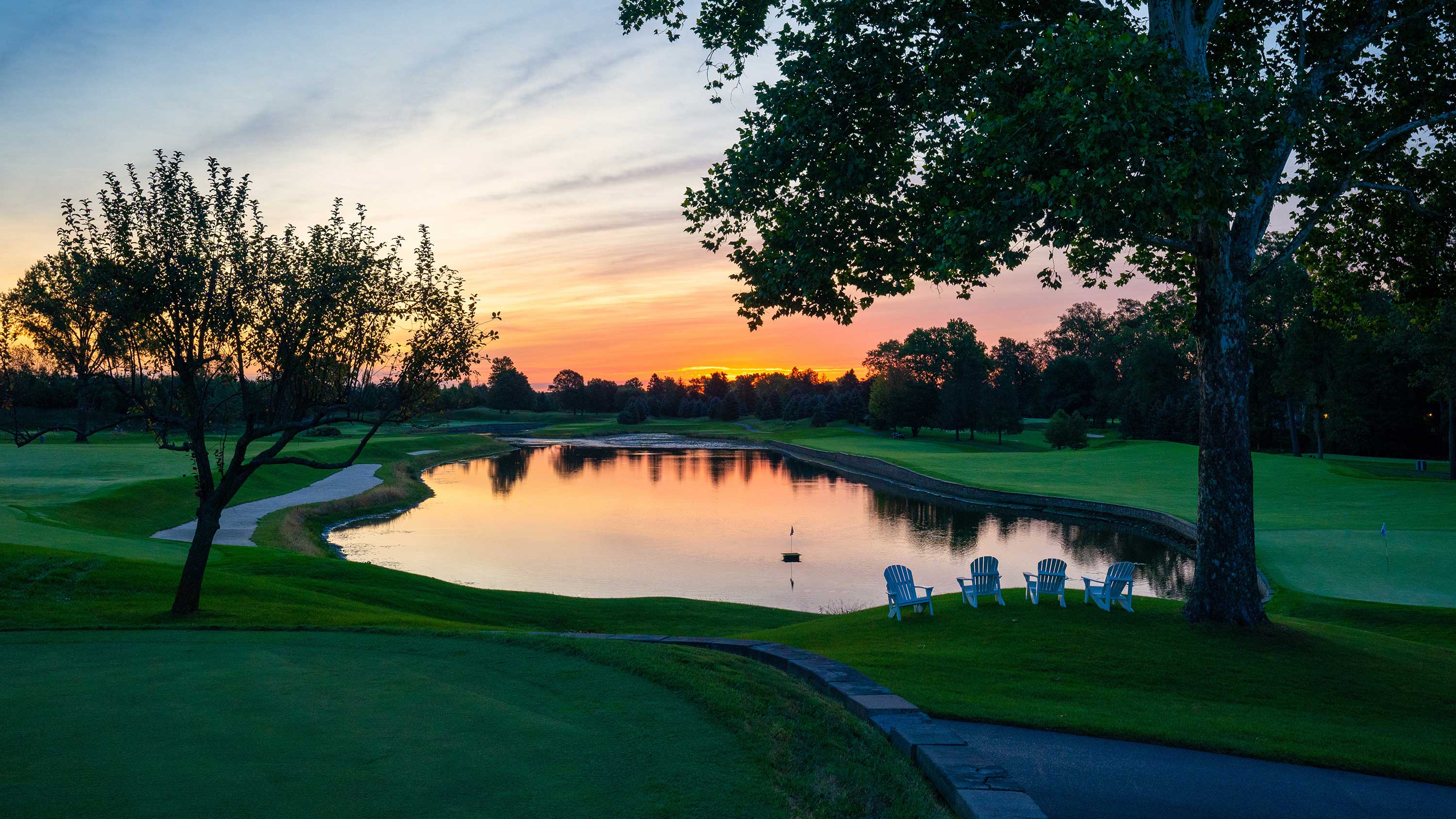“Bioremediation” may be a mouthful, but it’s a simple process of using organisms like microbes to clean up toxic pollutants. Bioremediation is a biotechnology that’s used for land, air and water. Here’s how it works in your ponds.

When ponds get scummy and smelly, it’s usually because of too many nutrients in the water. Nutrients come from a variety of sources, including fertilizer runoff, dying plants and animal waste. The nutrients create foul odors and feed unwanted algae spores lurking in the pond.
Rather than rely solely on chemicals to treat symptoms, bioremediation instead attacks the root cause—the excess nutrients. The most effective way to get rid of nutrients is leveraging the power of good microbes, or beneficial bacteria. These kinds of bacteria devour nutrients as they enter the pond, and often can keep nutrients and pond problems in check without additional chemical treatments.
The key to bioremediation is a robust population of beneficial bacteria. They are your “good guys,” tackling nutrients on an ongoing basis. You can help the good guys win the fight by supporting the constant development of your bacterial population, ensuring it is strong and continually renewed. Three techniques will support your good microbes:
- Aeration: Not only does aeration eliminate dead zones in the water that can contribute to odor, it also introduces added oxygen. The kinds of bacteria that eat nutrients most quickly use oxygen in the process, so aeration helps them do their job faster.
- Inoculation: Bacteria has a natural lifecycle and eventually dies off. While it does reproduce itself, it may not always be present in in the right type or sufficient force for the onslaught of nutrients that keep entering your pond. You can top up the population with regular dosing of valuable bacteria directly into your water.
- Underwater habitats: Microbes need a place to live and grow. Habitats, or nesting sites, are configured with plentiful surface area filled with nooks and crannies that optimize bacterial development. These habitats also protect bacteria from being washed out of your pond by flushing or weather events.

Bioremediation is a hot topic as people look for ways to minimize chemical usage. The program is easy to maintain and produces sustained results. If you’re struggling with water quality issues, bioremediation may be right for you.
This article was submitted by Laura Fauman of BioBoost Nest. Learn more about BioBoost Nest at https://bioboostnest.com/.




